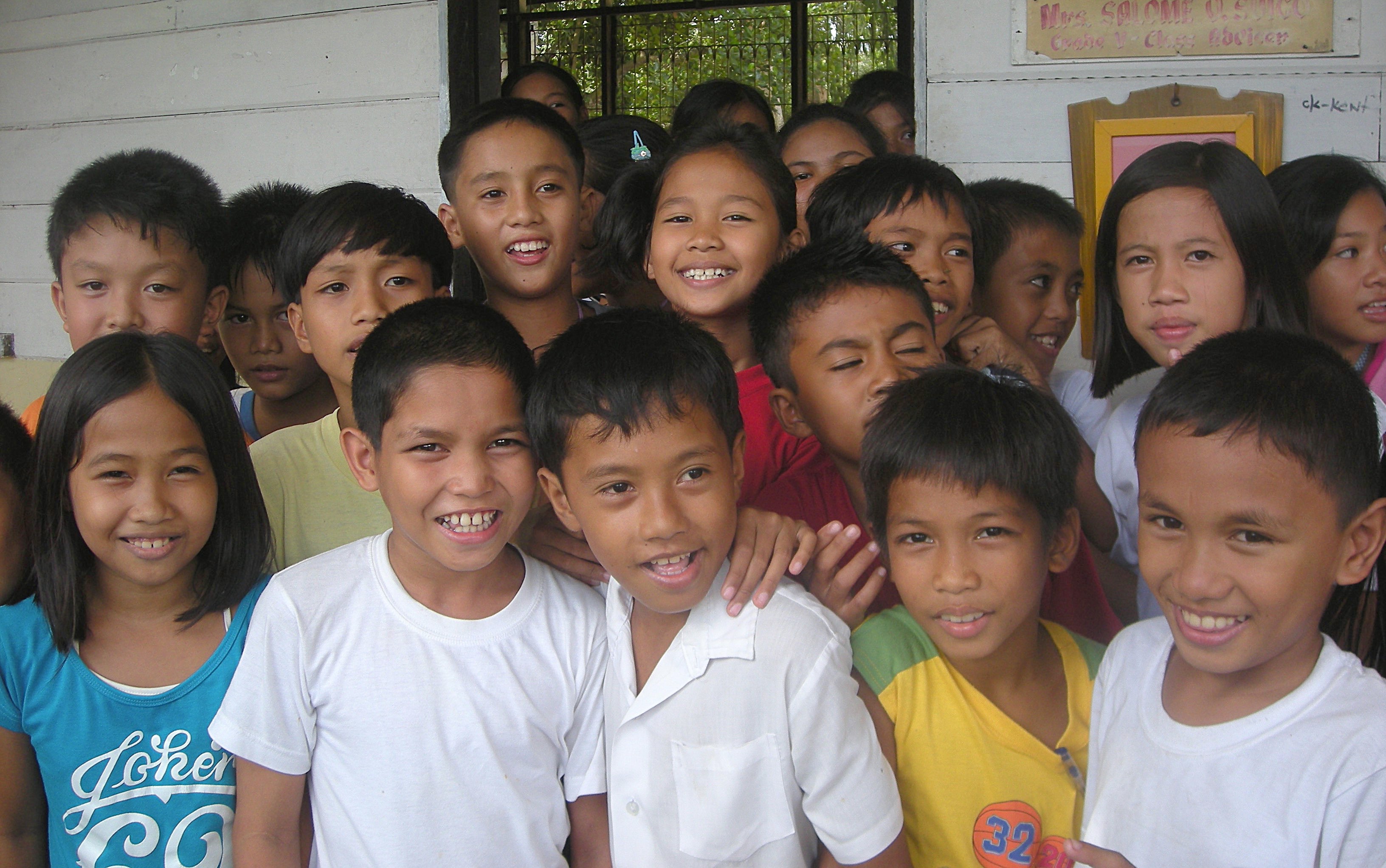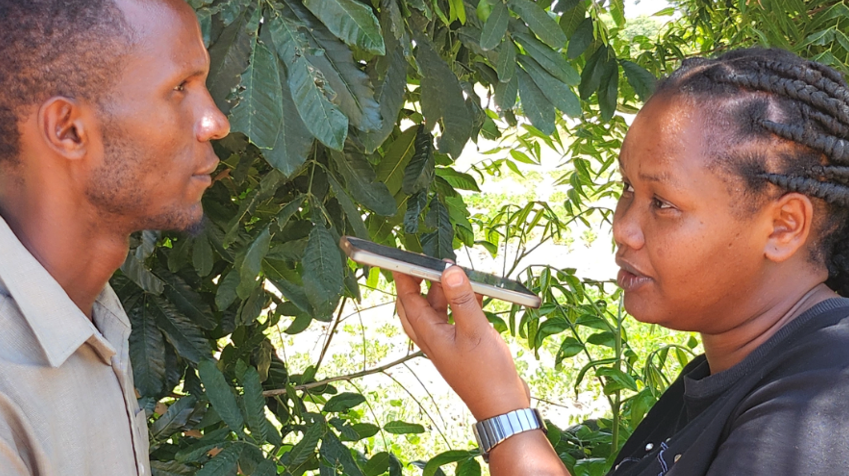Can ostensibly gender-neutral programs have different effects on men and women? In a new study of a school improvement program in the Philippines, IFPRI Senior Research Fellows Futoshi Yamauchi and Yanyan Liu found that on balance, female students experienced benefits to both their education and their later participation in the workforce. Meanwhile, the program appeared to actually put male students at an educational disadvantage.
The Third Elementary Education Project (TEEP) program was implemented from 2000 to 2006 in all public primary and elementary schools across 23 poor provinces. The $221 million program invested in school building construction and renovation, textbooks, teacher training programs, and other educational facilities and equipment; it also decentralized decision-making processes so that schools could partner with parents and local communities to make important decisions. In 2013, Yamauchi and Liu found that the program had positive short-term impacts on grade six test scores.
It is widely accepted that in the Philippines that women are more progressive in schooling than men while also earning lower labor-market wages than men. An earlier study by Yamauchi and Marites Tiongco of De La Salle University in the Philippines found that girls there tend to receive more schooling than boys, yet still receive lower wages when they enter the labor market.
That study suggested that parents’ understanding of gender wage inequities could motivate them to invest more effort in their daughters’ educations, in hopes of boosting future incomes. Part of this may be self-interest: In the Philippines, daughters often play an important role in supporting parents later in life; thus, investing in a daughter’s education could ensure a source of income for parents themselves. The authors found evidence that this pattern is particularly strong among poorer families.
In this latest study, Yamauchi and Liu turned to the long-term impacts of the program and sought to evaluate how participation in the TEEP program affected students’ high school and college outcomes or later earnings. They used a survey that tracked students who had been enrolled in grade six in 1999-2000, 2004-2005, and 2005-2006, both in schools that had participated in the TEEP program and in those that had not been included.
They found that female students who attended TEEP schools tended to have fewer high school repetitions and a higher likelihood of entering college, while their male counterparts experienced the reverse. Thus, the program appeared to widen the existing gender gap favoring girls’ education.
Program participation also reduced gender disparities when female students entered the workforce: They went on to earn 96 percent of their male counterparts’ monthly salaries, while female non-TEEP students earned only 84 percent of male students’ salaries. Meanwhile, attendance of a TEEP school was associated with decreased earnings among male students. However, since the participants surveyed are still in their early years in the workforce, the authors note that it is too soon to tell what impact the TEEP program has on long-term earnings.
Male and female TEEP students also tend to take different paths entering the labor market, the study found. In the Philippines, students often work to support their studies. Participation in the TEEP program tended to reduce the likelihood of younger women participating in the labor market—likely because the program increases the probability that they will stay in school longer, delaying their entry into the workforce. Meanwhile, the TEEP program did not have a significant effect on male students’ labor market participation.
What accounts for these divergent results—and specifically, how could the TEEP program have undermined male student performance in school and later on the job market? There is no simple explanation. One possible source of gender bias is school management; schools might have allocated more TEEP resources to female students, for instance. However, the only program resource subject to gender discrimination was access to textbooks, making it hard to justify a straightforward discrimination theory. Another reason for the gender divide may lie in differences in non-cognitive ability, or so-called soft skills: If females have higher non-cognitive skills than males, they may see better results both in school and in the workforce.
The TEEP program provides an interesting example of how a gender-neutral intervention can result in unexpected gender disparities—some positive, some negative. As such interventions do not take place in a vacuum, policymakers and development partners must look beyond theory and consider how existing societal trends and norms (such as daughters’ roles as parental caretaker or girls’ educational advantages in the Philippines) may impact program outcomes. By identifying and understanding a program’s potential unintended results, policymakers and researchers can better design programs to enhance the benefits and mitigate the harmful effects.
Sara Gustafson is a Communications Specialist in IFPRI’s Markets, Trade and Institutions Division.







